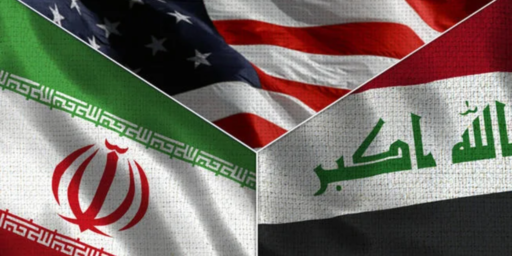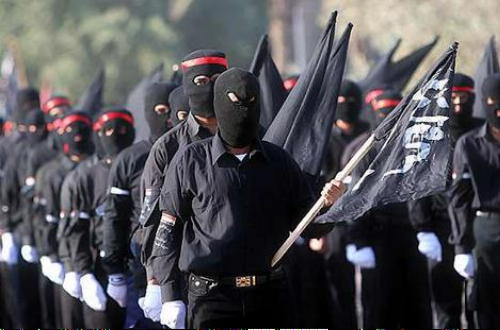Mahdi Army Disintegrating into Splinter Groups
The Mahdi Army appears to be breaking up. (No word on whether Yoko Ono is somehow involved.)
The violent Shiite militia known as the Mahdi Army is breaking into splinter groups, with up to 3,000 gunmen now financed directly by Iran and no longer loyal to the firebrand cleric Muqtada al-Sadr, adding a potentially even more deadly element to Iraq’s violent mix. Two senior militia commanders told The Associated Press that hundreds of these fighters have crossed into Iran for training by the elite Quds force, a branch of Iran’s Revolutionary Guard thought to have trained Hezbollah guerrillas in Lebanon and Muslim fighters in Bosnia and Afghanistan.
The breakup is an ominous development at a time when U.S. and Iraqi forces are working to defeat religious-based militias and secure Iraq under government control. While al-Sadr’s forces have battled the coalition repeatedly, including pitched battles in 2004, they’ve mostly stayed in the background during the latest offensive.
The disintegration, if true, is a mixed bag. Dispersed and decentralized, it is far less likely to be capable of major operations, since small bands tend to lack logistical and planning capabilities; of course, the Iran connection may ameliorate that problem. More significantly, though, it becomes much harder to reach a negotiated settlement with a dozen splinter groups than with a single, integrated force.
Needless to say, if true, this further complicates our relationship with Iran.






And five Sunni insurgency groups have established a unified command. Honestly, I don’t know how to take these reports of break-ups and reunions among the Iraqi insurgency (and, yes, I think that if any of these groups is a challenge to the sovereignty of the central government, they’re an insurgent group).
My guess is that the fact that the insurgency continues is more important than its internal structure. But we should probably keep an eye on it.